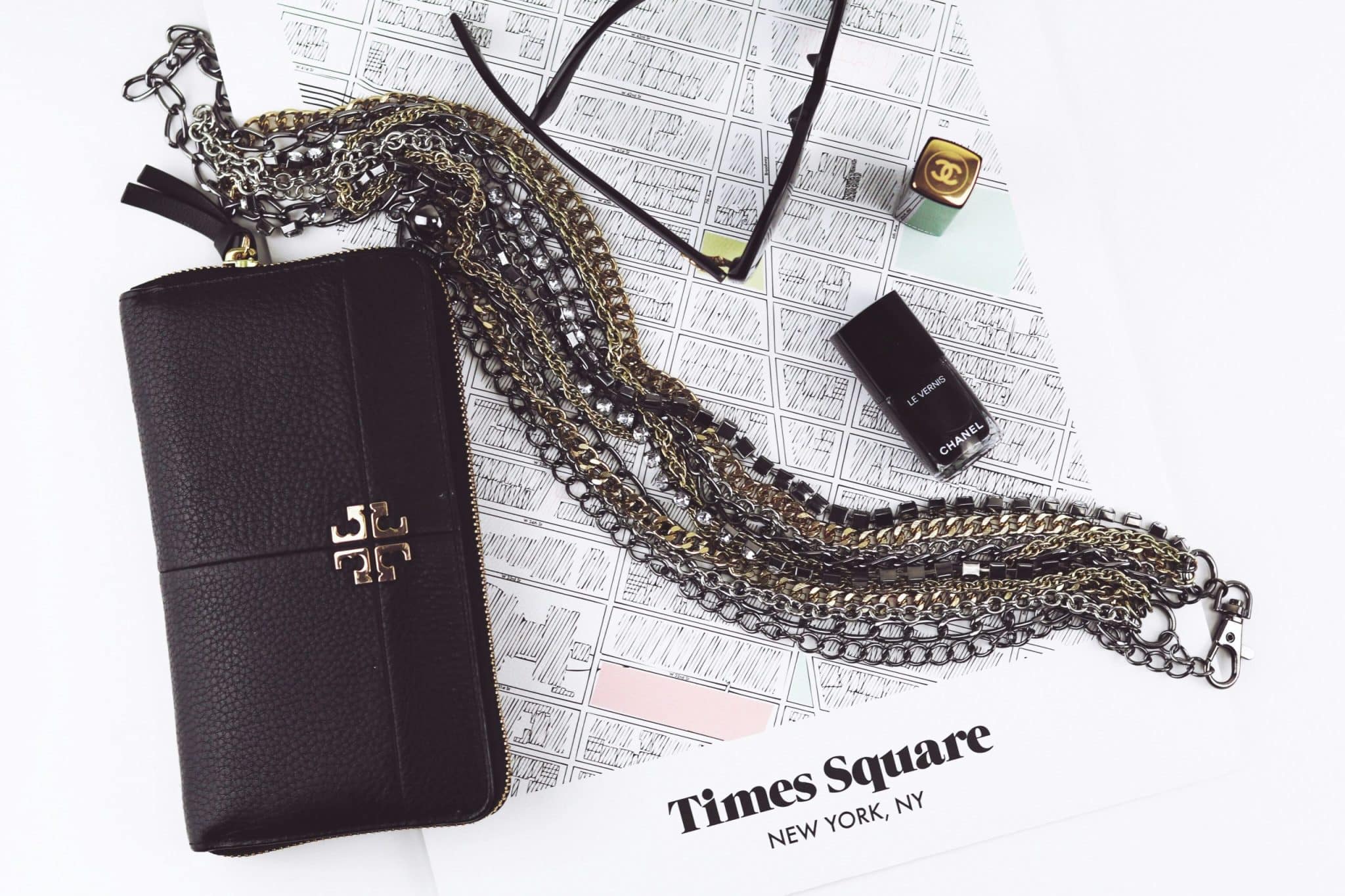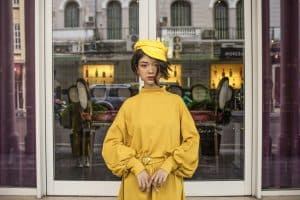Anti-Fashion: Why “Ugly” Aesthetics Are Thriving
The fashion industry is constantly evolving, with new trends and styles emerging every season. However, in recent years, there has been a noticeable shift towards embracing what was once considered “ugly” or unconventional. Trends like dad sneakers, oversized clothing, and mismatched patterns are now seen as stylish and trendy, despite their unconventional and sometimes jarring appearances. This phenomenon can be referred to as “anti-fashion” – a rebellion against traditional beauty standards and a celebration of the unique and unexpected. In this article, we will delve into the reasons behind the rise of anti-fashion and explore why “ugly” aesthetics are thriving in today’s society.
The Rejection of Mainstream Beauty Standards
In the past, beauty standards in the fashion industry were heavily centered around a particular body type, skin color, and look. However, with the rise of social media and the power of influencer culture, there has been a rejection of these narrow beauty standards. People are now embracing their own versions of beauty and style, leading to the acceptance of unconventional and “ugly” aesthetics.
The Role of Social Media
Social media has played a significant role in challenging traditional beauty standards. Platforms like Instagram and TikTok have given individuals the power to showcase their personal style and beauty, regardless of societal norms. The rise of body positivity and self-love movements have also encouraged people to embrace their unique features, including those that were once deemed “unattractive.” The more people showcase their unconventional style, the more accepting society becomes of it, ultimately shaping the current fashion trends.
The Quest for Individuality
One of the main reasons anti-fashion is thriving is due to the growing desire for individuality. In a world where everything is mass-produced and trends come and go at a rapid pace, people are looking for ways to stand out and express their individuality. Anti-fashion offers a means of standing out and being different, a way to break away from the crowd and claim one’s unique identity.
The Anti-Clone Movement
In recent years, there has been a shift towards supporting small, independent brands, and rejecting big corporations and their cookie-cutter products. This anti-clone movement has led to the rise of anti-fashion, with many individuals seeking out unique and unconventional pieces from local designers, thrift shops, and resale stores. These one-of-a-kind items further contribute to individuality and the feeling of being different from the mainstream fashion crowd.
The Rise of Sustainability
The impact of fast fashion on the environment and garment workers has come to light in recent years, leading to a rise in sustainable and ethical fashion practices. Many anti-fashion movements support this concept and encourage people to reject the “throw-away” culture of fast fashion in favor of buying fewer, but quality and sustainable pieces. As a result, many unconventional and “ugly” aesthetics have become more popular, as they are often more affordable, accessible, and sustainable than constantly buying into new trends.
The Power of Personal Statement
Another aspect of anti-fashion is the empowerment it gives individuals to make a statement through their appearance. People are using their clothing and style as a form of self-expression and activism, rejecting societal expectations and norms. This is especially common among younger generations, who use fashion as a means of rebellion and making a point. By embracing “ugly” aesthetics, these individuals are challenging the conventional ideas of fashion and beauty, ultimately contributing to the rise of anti-fashion.
In conclusion, as society becomes more accepting and inclusive, it is only natural for fashion to follow suit. The rise of anti-fashion signifies a rebellion against traditional beauty standards, a desire for individuality, and a shift towards sustainability and ethical practices. As a result, “ugly” aesthetics have transformed from being frowned upon to being celebrated and embraced, paving the way for a more diverse and inclusive fashion industry.









